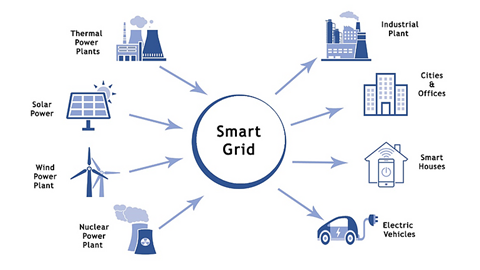Climate change is a global crisis that requires immediate action. Fortunately, technology can play a significant role in mitigating the effects of climate change. In this blog post, we will explore the ways in which technology can be leveraged to help combat climate change.
Renewable Energy
One of the most significant contributors to climate change is the burning of fossil fuels. Fortunately, renewable energy sources such as solar, wind, hydro, and geothermal power can be harnessed to provide a sustainable and clean source of energy. Technological advancements have made these renewable energy sources more efficient and affordable, making them an attractive alternative to traditional fossil fuels.Electric Vehicles
Transportation is another significant contributor to greenhouse gas emissions. However, electric vehicles (EVs) offer a cleaner and more sustainable mode of transportation. Advances in battery technology have made EVs more affordable and have increased their range, making them a more practical option for many consumers.Smart Grids
The use of smart grids can help optimize the distribution and use of electricity. These grids use advanced sensors and analytics to monitor energy usage in real-time, allowing for more efficient use of energy. This can help reduce waste and lower carbon emissions.Carbon Capture
Carbon capture technology can capture carbon dioxide emissions from power plants and industrial facilities and store them underground. This technology can help reduce carbon emissions from these sources, making them less harmful to the environment.Sustainable Agriculture
Agriculture is a significant contributor to greenhouse gas emissions. However, technology can be used to reduce the environmental impact of agriculture. Precision agriculture uses sensors, analytics, and other technologies to optimize farming practices, reducing waste and minimizing the use of resources such as water and fertilizer.Green Building Design
Green building design uses sustainable materials and practices to reduce the environmental impact of buildings. This includes the use of materials such as bamboo, recycled steel, and reclaimed wood, as well as energy-efficient heating and cooling systems, solar panels, and green roofs.Climate Modelling
Climate modeling uses computer simulations to predict future climate patterns. This can help policymakers to make informed decisions about how to mitigate the effects of climate change. Additionally, it can help to identify areas that are most vulnerable to the effects of climate change, allowing for targeted interventions to reduce their impact.
In conclusion, technology can play a significant role in mitigating the effects of climate change. From renewable energy and electric vehicles to smart grids and carbon capture, technology offers a wide range of solutions to this global crisis. By leveraging these technologies and adopting sustainable practices, we can reduce our impact on the environment and create a more sustainable future.







Post a Comment